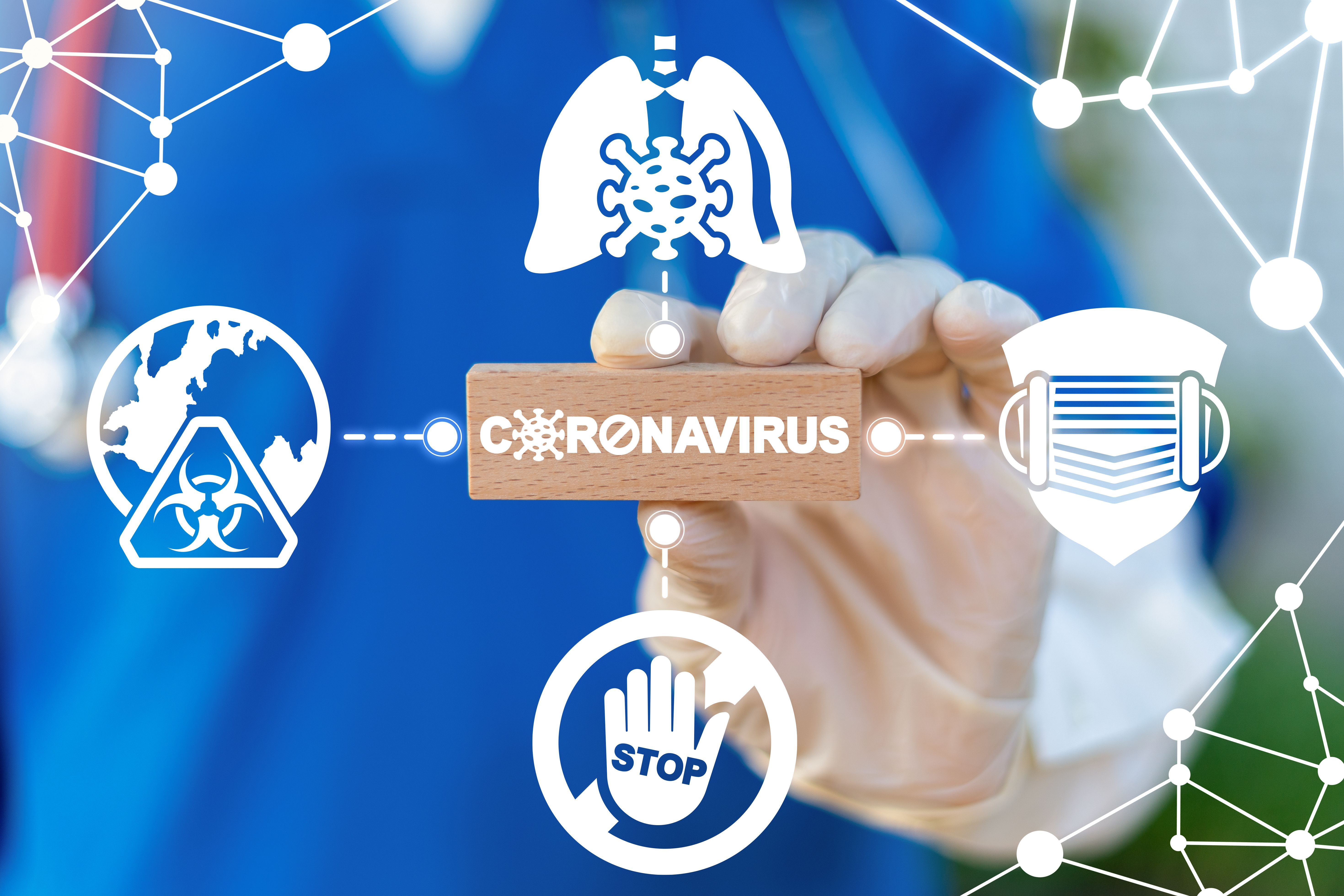Telemedicine Use During COVID-19 Disparate Between White and Black Patients With Hematologic Cancers
The disparate use in telemedicine between White and Black patients warrants further exploration into compound cases, such as economic and societal factors.
Telemedicine Use During COVID-19 Disparate Between White and Black Patients With Hematologic Cancers

Patients with hematologic malignancies identifying as White had a significantly higher uptake of telemedicine use throughout the COVID-19 pandemic compared with those who identified as Black, according to data from a retrospective observational study. These findings, the study authors argued, demonstrate a need for further exploration into these disparities.1
Overall, patients with hematologic malignancies were found to reduce their in-person visits and increase their telemedicine use, according to the analysis, which was presented during the 2021 ASH Annual Meeting & Exposition.
However, telemedicine uptake was reportedly disparate between Black patients and White patients. This was found to be consistent across all diseases and combine treatments (t = 9.5; P < .01, including acute myeloid leukemia [AML] inpatient treatments (t = 2.4; P = .04), multiple myeloma oral treatment (t = 6.0, P < .01), and in multiple myeloma inpatient treatments (t = 2.3; P = .04). This trend was observed throughout the study duration, which lasted from March 2020 to February 2021.
However, although a statistically significant 18% reduction in in-person visits was observed among patients who identified as White and were receiving oral medication (95% CI, 9.9%-25%) between March 2020 and May 2020 compared with the projected rates, there was no observed reductions in in-person visit rates for patients who identify as Black. For White patients, the projected rate was 2.0 visits per patient per month, and the actual visit rate was 1.61 visits per patient per month (95% CI, 1.8-2.2).
“These patterns in documented visits reflect potential telemedicine use disparities, which requires further study into possible compound causes, including economic and societal factors,” Natalia Neparidze, MD, lead study author and an associate professor of Internal Medicine and Hematology at Yale School of Medicine, said in a poster presentation on the data.
The onset of the COVID-19 pandemic impacted healthcare delivery by reducing the number of in-person visits and pushing telemedicine to the forefront of care. Differences in these trends across racial groups are not clear. The study presented during the meeting was conducted to further explore racial disparities in visit throughout the pandemic for those with documented active treatment for hematologic malignancies.
To do this, investigators leveraged data from the nationwide Flatiron Health electronic health record–derived deidentified database, which included information from approximately 280 cancer clinics and around 800 sites of care across the United States.
The analysis included patients with AML, diffuse large B-cell lymphoma, follicular lymphoma, mantle cell lymphoma, chronic lymphocytic leukemia, or multiple myeloma. Patients needed to be at least 18 years of age and documented receipt of at least 1 systemic therapy that they received between March 1, 2016, and February 28, 2021.
Treatment types within lines of therapy were stratified based on race (White vs Black/African American) and treatment type within lines of therapy (orals vs inpatient). Oral treatments include oral agents plus outpatient infusions with orals. Inpatient treatment could comprise chemotherapy, bone marrow transplant, and CAR T-cell therapy.
To estimate projected counterfactual monthly visit rates between March 2020 and February 2021, fit time-series forecasting models to pre-pandemic monthly visit rate data were leveraged. The differences between projected and actual visits were calculated by using cross-correlation analysis to assess for significant differences in visits between Black and White patient populations.
The analysis included a total of 24,432 patients; this included 2,343 Black patients and 16,218 White patients. Among patients receiving oral treatment in-person, 6.6% were Black and 32.0% were White; 0.9% and 4.7% of patients, respectively received oral treatment via telemedicine. Moreover, 4.8% and 46.0% of patients who received in-person inpatient treatment were Black and White, respectively; 0.5% and 4.7% of patients, respectively, received inpatient treatment via telemedicine.
Reference
- Neparidze N, Lau KW, Wang X, et al. Racial disparities in telemedicine uptake during the COVID-19 pandemic among patients with hematologic malignancies in the United States. Blood. 2021;138(suppl 1):1973. doi:10.1182/blood-2021-153787
This article was originally published on OncLive as “Analysis Reveals Racial Disparities in Telemedicine Use During COVID-19 Pandemic Among Patients With Hematologic Malignancies”
Shared Model of Care Post-HCT Offers Safe Follow-Up, Reduces Patient Burden
Published: March 19th 2025 | Updated: March 19th 2025Alternating post-HCT care between specialized facilities and local cancer centers produced noninferior non-relapse mortality and similar quality of life to usual care.


